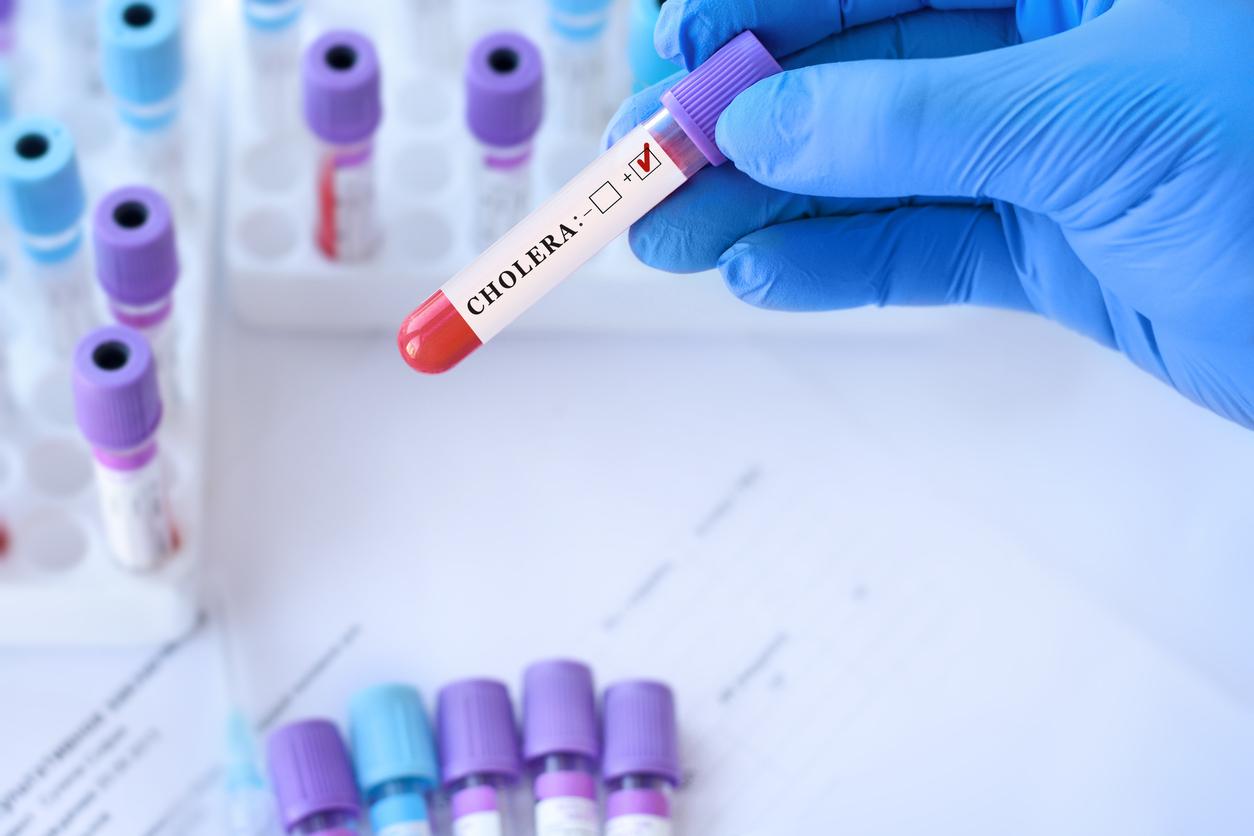Hygiene measures can help protect against shigellosis, which is caused by the Shigella bacteria.

- Shigellosis is a highly contagious disease caused by bacteria.
- Antibiotic-resistant strains are spreading, especially in France.
- To protect yourself, it is recommended to apply strict hygiene measures in the event of contamination.
It is a highly contagious disease and is now resistant to antibiotics. Mid-March, thePastor Institute issued the alert: cases of drug-resistant shigellosis have been detected in France. Two antibiotics, administered intravenously, are now the only effective ones in people infected with these strains. Certain actions can help protect against the disease, for which there is no vaccine.
????❌???? Emergence in France of a strain of Shigella sonnei highly resistant to antibiotics ↘️
https://t.co/59Ky3eDa9P pic.twitter.com/wJPHglzGUs— INSTITUTE PASTEUR (@institutpasteur) March 16, 2023
Antibiotic resistance: what is shigellosis?
“It is characterized by abdominal pain often accompanied by vomiting and the emission of very frequent and numerous stools, glairo-bloody and purulent, even sometimes hemorrhagic, explains the Pasteur Institute. The fever is high, with deterioration of the general state.” To treat it, rehydration is not enough, unlike other diarrheal diseases. It is necessary to administer antibiotics. In the absence of treatment, there is a risk of complication or even death in the most severe cases. According to the Institut Pasteur, the disease is responsible for 200,000 deaths each year worldwide, 65,000 of which concern children under 5 years of age.
Shigellosis: what precautions should be taken against this highly contagious disease?
“Shigellosis is par excellence a disease of poor hygiene.“, says the Pasteur Institute. An infected person can eliminate the bacteria in his stool several weeks after infection. According to the Institute, transmission generally takes place between the patient and his entourage. “Water and food soiled with feces containing Shigella bacteria, as well as flies, can also transmit the disease.”, adds the Pasteur Institute. But this mainly concerns poor countries. In industrialized countries, the disease is often detected in “communities of young children. “In recent years, S. sonnei and S. flexneri have become epidemic within the male homosexual community.”completes the Institut Pasteur.
To protect themselves, the‘World Health Organization recommends applying general hygiene measures, “including washing hands with soap and water“.”People who are symptomatic are recommended to avoid sexual contact to reduce transmission.”underlines the WHO.
Shigellosis in France: how to explain the appearance of antibiotic-resistant strains?
In France, the disease is caused by the strain shigella rang. It is she who circulates the most in the country. It is being studied by researchers at the Institut Pasteur, in particular those behind the study published in mid-March. They discovered the first antibiotic-resistant strains in 2015. Since then, they have increased significantly. In 2021, “22.3% of all S. sonnei strains were highly resistant (corresponding to 99 cases)“, specifies the Institute in a communicated. The various cases are linked either to travelers returning from South or Southeast Asia or concern men who have sex with men. “The frequent use of antibiotics in the regions of South and Southeast Asia on the one hand, and the repeated treatment of sexually transmitted infections in certain people potentially exposed to this risk on the other hand” may explain the appearance of resistant strains according to scientists from thePastor Institute.
For these specialists, it is necessary to conduct other studies in order to understand whether asymptomatic forms exist, and to develop new effective oral antibiotics.















